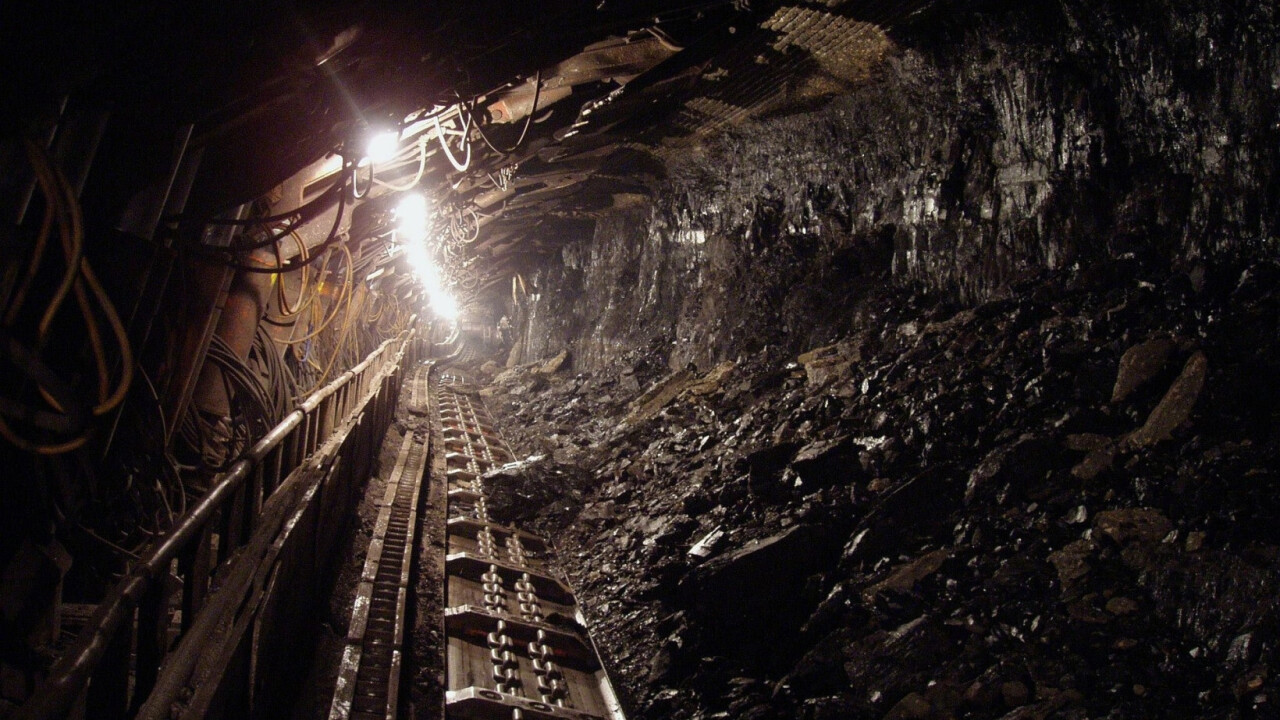
The same tunnels used to extract fossil fuels for centuries are now helping to heat British homes with clean energy from the Earth’s core. It’s called mine water heating and it has the potential to provide critical warmth to hundreds of thousands of homes in the country’s north.
At least one quarter of UK homes sit above abandoned coal mines. Residents in these towns and cities concurrently grapple with skyrocketing energy bills. Tapping mine water heat from beneath their feet could be a win-win for these communities.
And the technology is already in operation. Last year, one of the largest mine water heat networks in Europe opened in Gateshead, a town just south of Newcastle. Using warm water pumped up from the extensive network of old mine tunnels, the geothermal system supplies heat and hot water to hundreds of homes, offices, and a college in the town.
“What we have in Gateshead is a legacy from the days of the coal mines, which was dirty energy,” said John McElroy, cabinet member for the environment and transport at Gateshead Council in October. “Now we are leading the way in generating clean, green energy from those mines.”
As many of Britain’s coal mines became abandoned, the pumps that kept them dry were switched off and the mines filled up with water. While many of these mine shafts aren’t particularly deep, the water contained in them is significantly hotter (around 40°C) than at the surface.
While the water in the UK’s mines is generally not hot enough to generate electricity (for this you need temperatures exceeding 160°C) it can nevertheless be pumped to the surface and used to heat homes. Using old mine shafts to extract heat also means you don’t have to drill new boreholes — the most expensive part of geothermal energy extraction.
The Gateshead scheme comes at a time of renewed excitement in geothermal energy in Britain. Leading the charge is the £31mn Geoenergy Observatories project, which is currently constructing two “underground observatories” in Glasgow and Cheshire. These facilities will map out the subterranean world below, kind of like how we map out the night sky above.
What they find could provide key solutions to the grand decarbonisation challenge. Buildings alone produced 20% of all emissions in the UK in 2021. But, according to the British Geological Survey geothermal has the potential to supply heat to every home in the country for 100 years.
Elsewhere in Europe, Berlin is exploring ways to utilise excess heat from underground car parks to power homes, while Croatia has discovered a superheated lake buried 2.5km underground that it wants to turn into a 16MW geothermal power plant. That’s enough energy to supply tens of thousands of homes.
In Iceland, one of the world’s pioneers in the technology, things are getting even more ambitious. As detailed in a recent paper, the Krafla Magma Testbed (KMT) project will drill into a volcano’s magma chamber, seeking to tap into its super-hot fumes to generate geothermal energy at a scale that has never been attempted before.
Get the TNW newsletter
Get the most important tech news in your inbox each week.





